A description at the top of the page
To customize the API info and description using Nswag, in the Startup.ConfigureServices method, a configuration action passed to the AddSwaggerDocument method adds information such as the author, license, and description:
services.AddSwaggerDocument(config =>
{
config.PostProcess = document =>
{
document.Info.Version = "v1";
document.Info.Title = "ToDo API";
document.Info.Description = "A simple ASP.NET Core web API";
document.Info.TermsOfService = "None";
document.Info.Contact = new NSwag.OpenApiContact
{
Name = "Shayne Boyer",
Email = string.Empty,
Url = "https://twitter.com/spboyer"
};
document.Info.License = new NSwag.OpenApiLicense
{
Name = "Use under LICX",
Url = "https://example.com/license"
};
};
});
The Swagger UI displays the version's information as below:

- A summary/description for each endpoint Example parameter inputs for
- endpoints that require them Example request body for POST calls An
- example access token that can be used only in the swagger
- documentation to easily authenticate and be able to try everything out
(a bit like in this example https://petstore.swagger.io/)
You could add the description/example by adding the following elements to the action header.
Use the <summary> element to describe the Endpoint.
Use the <remarks> element to supplements information specified in the <summary> element and provides a more robust Swagger UI. The <remarks> element content can consist of text, JSON, or XML. You could also use it to add sample.
Use the <param> element to add the required parameters. Besides, you could also use the Data annotations attribute with the Model, it will change the UI behavior.
Use the <response> elements to describe response types.
sample code as below:
/// <summary>
/// Creates a TodoItem.
/// </summary>
/// <remarks>
/// Sample request:
///
/// POST /Todo
/// {
/// "id": 1,
/// "name": "Item1",
/// "isComplete": true
/// }
///
/// </remarks>
/// <param name="todoitem"></param>
/// <returns>A newly created TodoItem</returns>
/// <response code="201">Returns the newly created item</response>
/// <response code="400">If the item is null</response>
#region snippet_CreateActionAttributes
[ProducesResponseType(StatusCodes.Status201Created)] // Created
[ProducesResponseType(StatusCodes.Status400BadRequest)] // BadRequest
#endregion snippet_CreateActionAttributes
#region snippet_CreateAction
[HttpPost]
public ActionResult<TodoItem> Create(TodoItem todoitem)
{
_context.TodoItems.Add(todoitem);
_context.SaveChanges();
return CreatedAtRoute("GetTodo", new { id = todoitem.Id }, todoitem);
}
The Swagger UI now looks as below:

More detail information, please check the following tutorials:
Customize API documentation using NSwag
Customize API info and description using Swashbuckle

